Navigating Partial Denture Services: Temporary vs Permanent Solutions
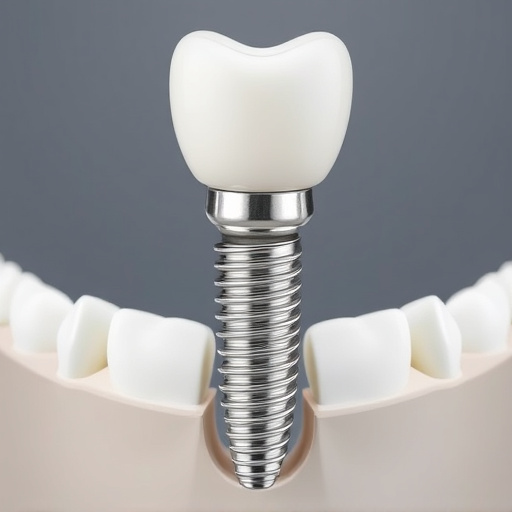
Partial denture services offer removable or fixed solutions for missing teeth, enhancing chewing fun…….
In the realm of dental healthcare, partial dentures service stands as a cornerstone of restorative dentistry, offering solutions for individuals with missing teeth. This comprehensive article aims to guide readers through the intricate world of partial dentures, exploring its various aspects, global impact, economic implications, technological innovations, and the challenges it faces. By delving into these topics, we will uncover the significance of this service in maintaining oral health and enhancing well-being on a global scale.
Definition: Partial dentures service refers to a specialized dental care practice that focuses on replacing missing teeth with artificial restorations, known as partial dentures. These dentures are designed to fit snugly over the natural teeth remaining in the mouth, providing both functional and aesthetic benefits.
Core Components:
Consultation: The process begins with a thorough examination and consultation between the dentist and patient. During this stage, the dentist assesses oral health, discusses goals, and creates a treatment plan tailored to the individual’s needs.
Impressions and Measurements: Accurate impressions of the mouth are taken using special materials to create models that precisely match the patient’s dentition. These models serve as guides for crafting the partial dentures.
Design and Fabrication: Skilled dental technicians use the models to craft custom-made partial dentures. This includes selecting appropriate materials, designing the denture’s shape and color to blend with natural teeth, and ensuring proper fit and functionality. Common materials include acrylic resins, metal frameworks, and ceramic tooth restorations.
Fitting and Adjustments: The dentist fits the partial dentures, making any necessary adjustments for comfort and optimal function. This step ensures a secure and comfortable fit, allowing patients to chew, speak, and smile with confidence.
Aftercare and Maintenance: Patients are provided with guidance on denture care, including cleaning instructions and tips for maintaining their new restorations. Regular check-ups are scheduled to ensure the dentures remain in good condition and to monitor oral health.
Historical Context: The concept of partial dentures dates back centuries, with early forms dating as far as ancient Egypt. However, significant advancements were made during the 18th and 19th centuries, particularly by European dentists like Sir John Tomes. Modern partial dentures have evolved through innovations in materials science, dental technology, and clinical techniques, offering patients more comfortable, durable, and aesthetically pleasing options.
Partial dentures service has a profound global impact, touching the lives of millions worldwide who suffer from tooth loss. The World Health Organization (WHO) estimates that around 3.5 billion people internationally experience some form of tooth decay or oral health issue, underscoring the demand for restorative dental services like partial dentures.
Regional Disparities: Access to partial denture services varies significantly across regions. Developed countries often have more advanced dental care infrastructure, leading to higher rates of adoption and improved outcomes. In contrast, developing nations may face challenges due to limited resources, low awareness, or a lack of trained professionals, resulting in unequal access to these services.
Emerging Markets: The global partial dentures market is experiencing growth, driven by increasing dental awareness, rising disposable incomes, and improving healthcare infrastructure in emerging economies. For instance, Asia-Pacific is projected to witness substantial expansion due to the large population base and growing demand for affordable dental care solutions.
The global partial dentures market is competitive, with various players offering different product types and services. Key market segments include:
Traditional Acrylic Partial Dentures: These are cost-effective options widely used in both developed and developing countries.
Metal-Based Partial Dentures: More expensive but durable, these are preferred for their strength and longevity, especially in areas with heavier bite forces.
Customized Ceramic Partial Dentures: Premium offerings known for their natural aesthetics and precision fit, catering to patients seeking high-quality restorations.
The economic viability of partial dentures service attracts investments from both private dental practices and corporate entities. Dental clinics invest in advanced equipment, training, and marketing to enhance their services. Companies specializing in denture manufacturing and supply chain management also contribute to the economic landscape by creating jobs, stimulating local economies, and driving innovation.
This service plays a vital role in supporting economic growth and development:
Job Creation: Dental clinics, laboratories, and related businesses generate employment opportunities, contributing to reduced unemployment rates.
Patient Cost Savings: Partial dentures are generally more cost-effective than other restorative procedures, making advanced dental care accessible to a broader population.
Reduced Healthcare Costs: By restoring oral function and preventing further complications, partial dentures can help avoid more expensive treatments or hospital admissions associated with untreated tooth loss.
Technological innovations have revolutionized partial dentures service, improving both its efficiency and outcomes:
Computer-Aided Design/Manufacturing (CAD/CAM): Digital technology allows for precise planning and fabrication of partial dentures. CAD software enables dentists to design restorations virtually, while CAM machines craft them with meticulous accuracy, reducing processing time and enhancing fit.
3D Printing: This emerging technique offers rapid prototyping and customized denture manufacturing. It can create intricate designs and reduce waste, potentially lowering production costs.
Improved Materials: Researchers have developed advanced materials with enhanced durability, flexibility, and aesthetic qualities. For example, lightweight resins mimic the look and feel of natural teeth, while metal alloys provide exceptional strength.
Digital Imaging and Scanning: Digital X-rays and intraoral scanners provide detailed oral assessments, enhancing diagnosis and treatment planning. These technologies also facilitate remote consultations and streamline communication between dentists and technicians.
The provision of partial dentures service is governed by various policies and regulations worldwide, ensuring quality, safety, and ethical practices:
Dental Licensing and Registration: Most countries require dental professionals to obtain licenses and registrations to practice. These ensure that dentists meet educational and competency standards.
Product Approval and Safety Standards: Regulatory bodies oversee the manufacturing and distribution of dental materials and devices, including partial dentures. They enforce safety standards to protect patients from substandard products.
Insurance Coverage: Dental insurance policies vary in their coverage for partial dentures. Some plans offer full or partial reimbursement for these services, while others may have specific exclusions.
Patient Consent and Privacy: Ethical guidelines govern the obtaining of patient consent for treatment and the handling of sensitive dental data to ensure patient privacy and confidentiality.
Despite its benefits, the partial dentures service faces several challenges:
Stigma and Social Perception: In some cultures, missing teeth may be associated with negative social stereotypes, leading to patients avoiding restorative treatments. Overcoming these perceptions requires dental education campaigns and raising awareness about the positive impact of denture restoration.
Accessibility Issues: Limited access to quality partial denture services in rural or underserved areas hinders oral health equity. Addressing this challenge involves expanding dental training programs and implementing mobile dental clinics to reach underserved populations.
Cost Considerations: While partial dentures are often more affordable than other restorative options, the upfront costs can still be a barrier for some patients. Dental insurance coverage and government initiatives to subsidize denture services can help mitigate these financial challenges.
Technological Integration: Adopting new technologies requires investment in equipment and training. Smaller dental practices may face challenges in implementing digital systems, necessitating accessible training programs and incentives from manufacturers.
Case Study 1: Restoring Smiles in Urban Communities
Setting: A community dental clinic in a major city.
Challenge: Provide affordable partial denture services to low-income patients with limited access to dental care.
Solution: The clinic implemented a subsidized denture program, partnering with local businesses and non-profit organizations. They offered discounted rates for eligible patients, used cost-effective materials, and organized community outreach programs to raise awareness about oral health. This initiative resulted in increased patient satisfaction and improved oral health outcomes among underserved populations.
Case Study 2: Digital Innovation in Rural Settings
Setting: A remote dental clinic serving a rural agricultural community.
Challenge: Deliver high-quality partial denture services despite limited resources and long-distance travel for patients.
Solution: The clinic adopted digital technologies, including teledentistry and CAD/CAM systems. Through virtual consultations, they remotely assessed patients’ needs and designed restorations. Local technicians then fabricated the dentures using CAD software, ensuring a precise fit without requiring extensive patient travel. This approach improved access to care and reduced treatment times.
The partial dentures service is poised for continued growth and evolution:
Personalized Dentistry: Customization will remain a key trend, with advancements in digital technologies enabling even more precise and aesthetically pleasing dentures.
Integration of AI: Artificial intelligence can enhance treatment planning, material selection, and patient communication, improving overall dental care experiences.
Sustainable Materials: There is a growing focus on eco-friendly materials, both for denture fabrication and oral hygiene products, to address environmental concerns.
Global Collaboration: International partnerships can foster knowledge sharing, improve access to advanced technologies, and enhance global standards in partial denture services.
Partial dentures service is an essential component of modern dentistry, offering transformative solutions for individuals with missing teeth. From its historical roots to cutting-edge technological advancements, this field has evolved to meet the diverse needs of patients worldwide. By addressing economic considerations, implementing policies, and overcoming challenges, partial denture services contribute significantly to global oral health equity. As technology continues to advance and awareness grows, the future looks bright for this life-changing dental care option.
Q: How long do partial dentures typically last?
A: With proper care, partial dentures can last 5-15 years or more. Regular cleaning, routine check-ups, and timely repairs contribute to their longevity.
Q: Are partial dentures comfortable?
A: Yes, modern partial dentures are designed for comfort. Properly fitted dentures should not cause discomfort during normal chewing and speaking. Any issues can be addressed by adjusting the dentures or consulting a dentist.
Q: Can I get partial dentures if I have only a few remaining natural teeth?
A: Absolutely. Partial dentures are versatile and can be customized to fit various situations, including when only one or a few teeth remain in the jaw.
Q: How much do partial denture services cost?
A: Costs vary depending on factors like the complexity of the case, materials used, and geographic location. It’s best to discuss pricing with a dental professional during an assessment. Many insurance plans cover partial denture services, so reviewing your policy is advisable.
Q: Are there any alternatives to traditional partial dentures?
A: Yes, other options include implants, which provide a more permanent solution but are generally more expensive. Removable full dentures are another alternative, but they may be less stable and more challenging to maintain for some patients.

Partial denture services offer removable or fixed solutions for missing teeth, enhancing chewing fun…….
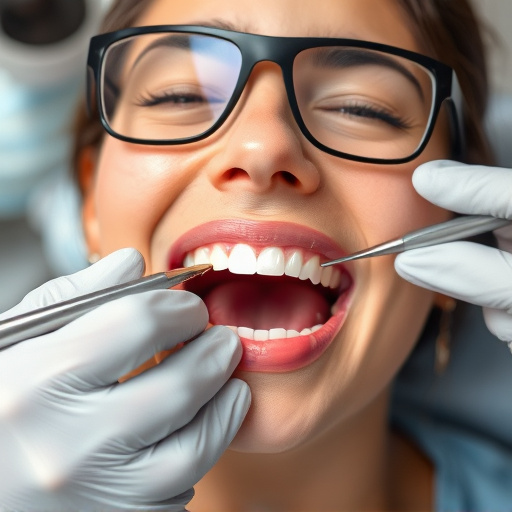
Partial dentures service offers a tailored solution for missing teeth, preserving gum and jaw health…….
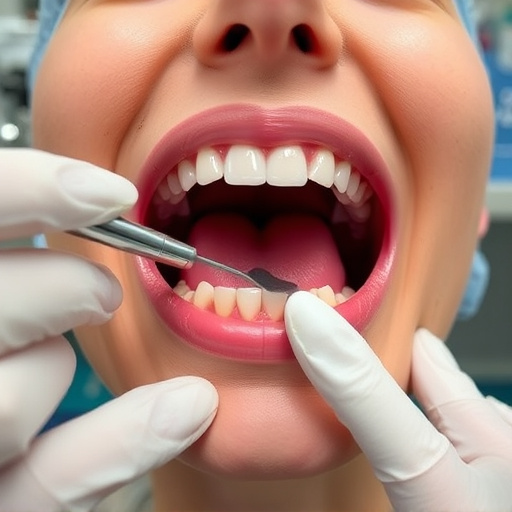
A local partial dentures service enhances smiles, restores confidence and oral health with expert ca…….

Revitalize your smile with our top-tier partial dentures service. Expert guidance, advanced scanning…….
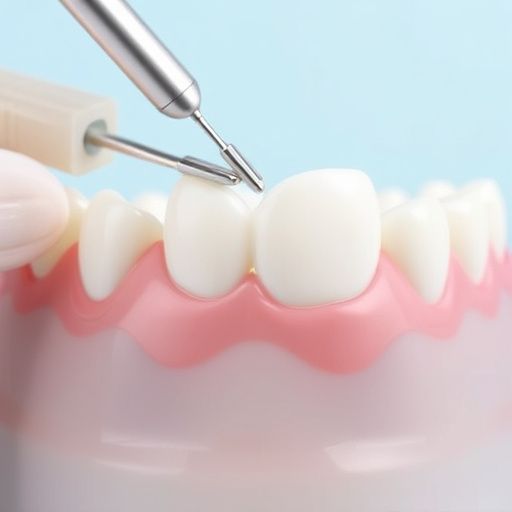
Partial dentures service offers a customizable and effective solution for missing teeth, improving c…….

Partial dentures service provides versatile solutions for missing teeth, enhancing aesthetics and fu…….
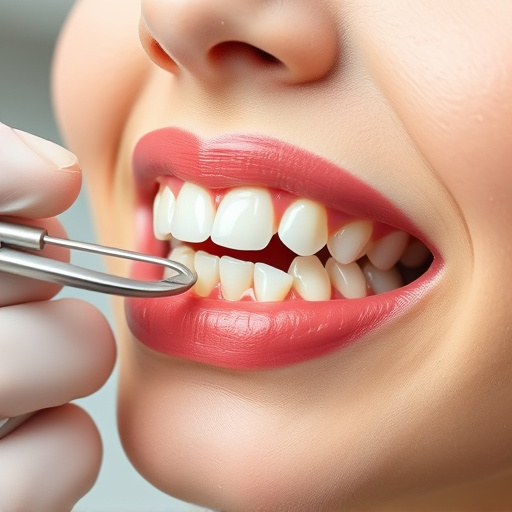
New partial dentures require dedicated care for optimal health and longevity. Establish a daily clea…….

Partial dentures services tailor solutions for missing upper/lower jaw teeth, offering functional an…….
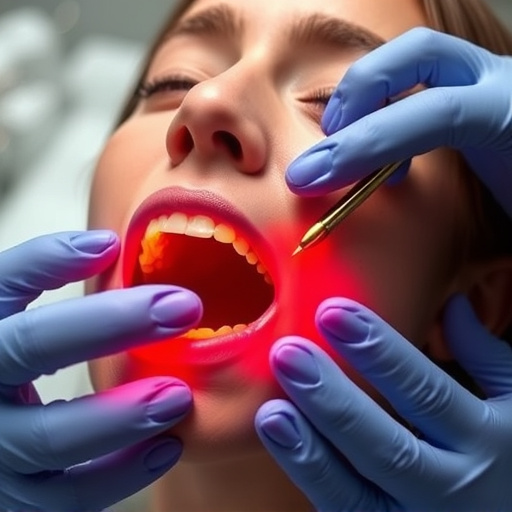
Partial dentures service offers versatile, discreet solution for missing teeth, enhancing chewing fu…….
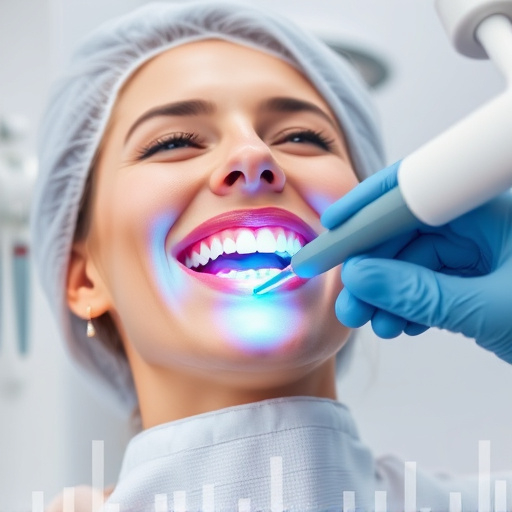
Assessing eligibility for a partial dentures service involves oral health, gum condition and bone de…….